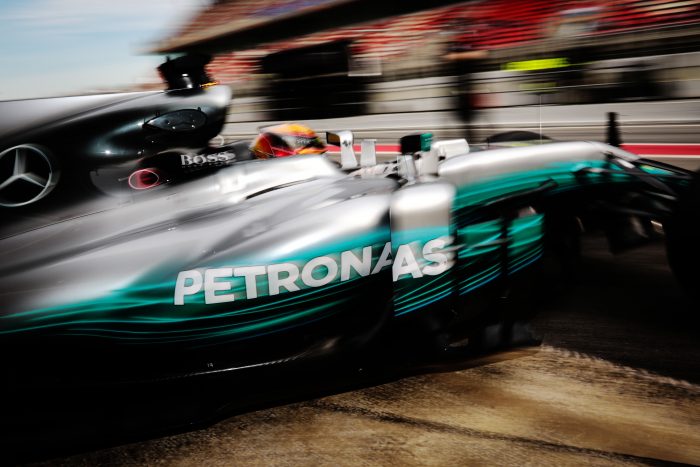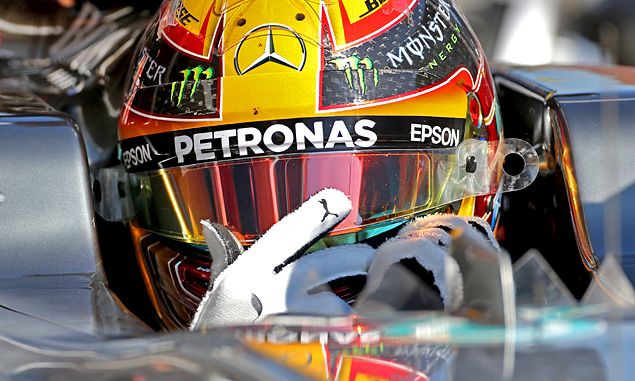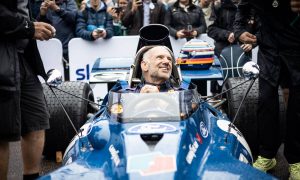
Formula 1 teams fear the maximum fuel capacity of the new 2017 cars might not be enough to last a whole race.
Team and drivers may have to change their strategies to finish races at the most fuel-intensive venues.
Under the new 2017 tyre and downforce regulations, teams have been allowed to carry an extra 5kg of fuel on the cars. That puts the maximum capacity up from 100kg (135 litres) to 105kg (142 litres).
That was expected to make up for the increased consumption resulting from the increased grip. But preliminary analysis of the pre-season testing at the Circuit de Barcelona-Catalunya suggests that this may not be enough.
According to Auto Motor und Sport, the new cars will have an extra 10 per cent air resistance because of the downforce. Cars will be 20km/h slower on straights but stay longer on full throttle and be faster in corners.
Longer-lasting tyres will allow drivers to be more aggressive throughout. As a result, lap times are expected to drop by an average of three or four seconds.
But drivers may have to pace themselves and go easy if they're to last a full race distance. Consumption is particularly high at tracks like Melbourne and Bahrain, where the first two races of 2017 will be held.
It's understood that engineers from Mercedes, Ferrari, Renault and Honda were all surprised by the figures. Fuel consumption is understood to have been much higher than calculated during winter development. As a result, they are bracing themselves for 'fuel saving races' where drivers will have to learn to 'drift and coast'.
And if drivers aren't able to brake heavily to try passing rivals on track, it could affect competition - especially toward the end of races. There's also the prospect of some cars being unable to make it to full race distance in some races.
GALLERY: F1 drivers' wives and girlfriends
Keep up to date with all the F1 news via Facebook and Twitter







